Earth Day 2024: Witness our changing planet in 12 incredible satellite images
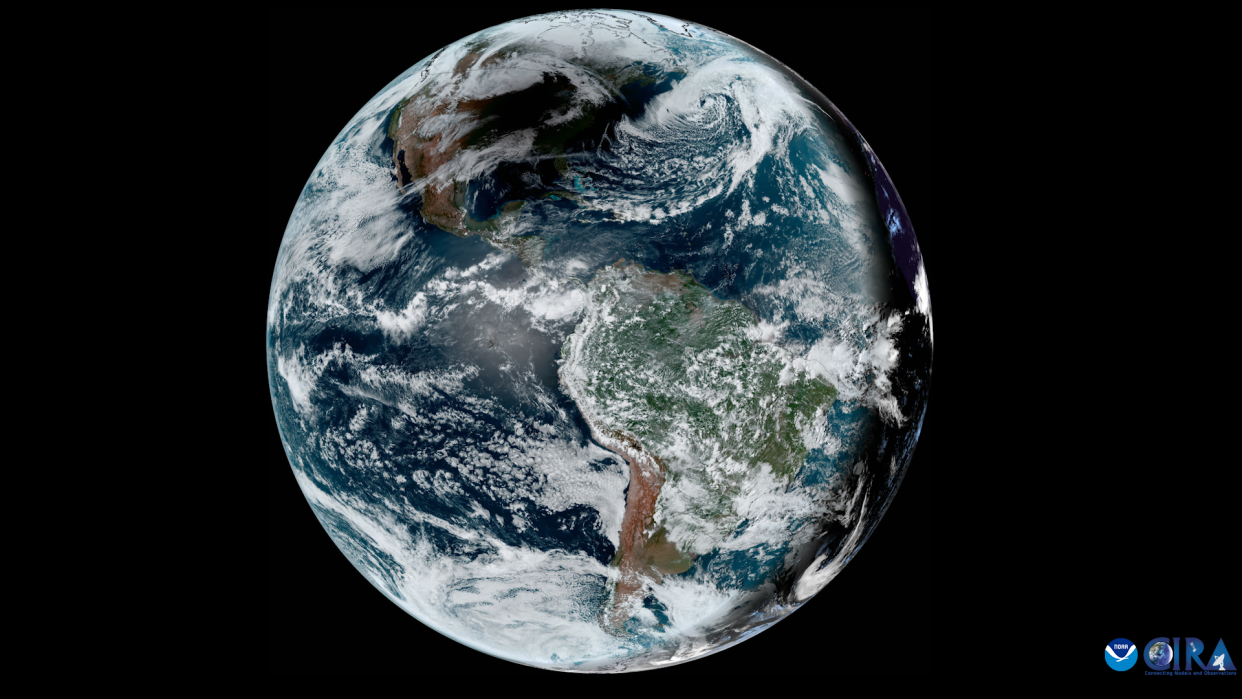
Happy Earth Day 2024! Every year on April 22, we celebrate Earth Day. This annual event is a time to focus on the environmental issues we have across the planet and highlight the efforts being made so we can continue to protect it.
While there are many ways we can accomplish this, one of the biggest technical advances we've seen in the last two decades that has been a game changer monitoring our planet's changing climate and atmospheric conditions is through NOAA's Geostationary Operational Environmental Satellites (GOES) and Polar Operational Environmental Satellites (POES) satellite fleet.
To commemorate Earth Day, enjoy these 12 satellite images that showcase the different ways this critical technology helps scientists keep an eye on our planet.
Related: The Earth Day 2024 Google doodle is a climate change reminder
The GOES satellite network has been in operation since 1975, although the current series, GOES-R, was launched in 2016. The final satellite in the series, GOES-U, is expected to launch in 2024 on a SpaceX Falcon Heavy rocket.
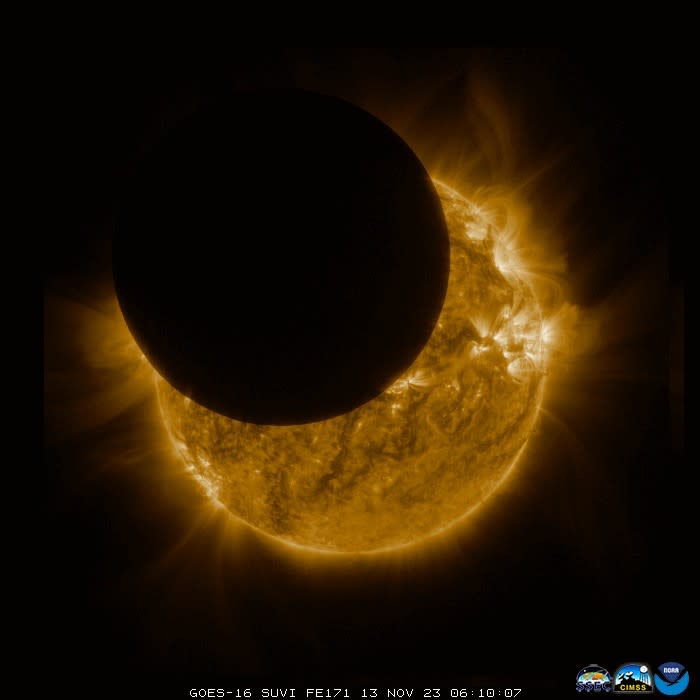
Aside from monitoring our changing planet, the GOES satellite series can monitor air quality, identify lightning strikes that might lead to wildfires, detect meteors entering Earth's atmosphere, and even give warning about space weather hazards.

"A lot of folks know that the climate is changing, and that's impacting their communities and that can be discouraging," Karen St. Germain, NASA's Earth Science Division Director said during a NASA Earth Day media briefing last week.
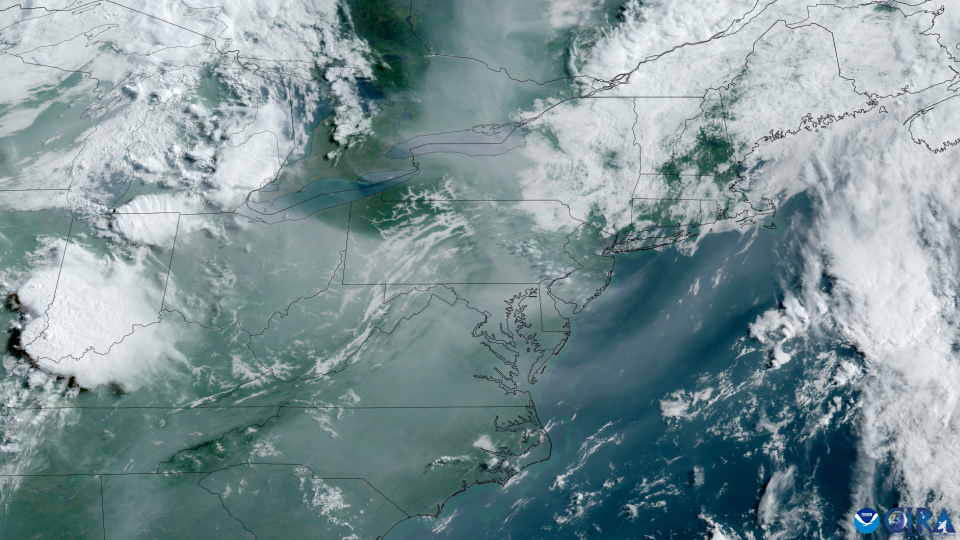
"One of the things that we want to do is say, hey, when we understand what's happening, we can make decisions. And a community that can learn is a community that can adapt, can move forward, and continue to thrive. That's really what I'm hopeful about on Earth Day," St. Germain added.
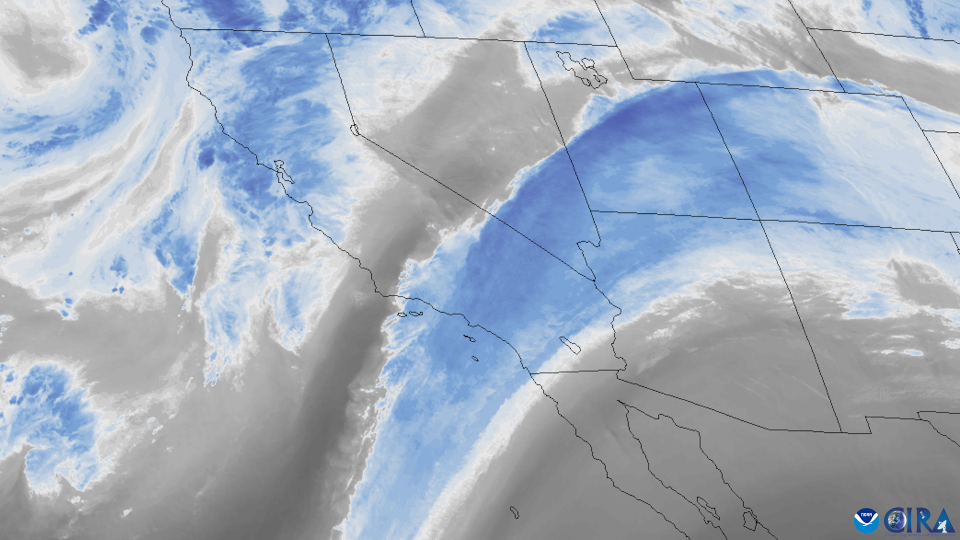
As of today, NOAA owns and operates ten satellites including four geostationary, five polar orbiting, and one that covers deep space.

These next-generation satellites are our eyes in the sky watching over Planet Earth and send back advanced imaging and measurements from a variety of instruments to help improve weather forecasting.

These satellites also assist with safety and aviation route planning, detect wildfires and smoke, and compile data that will give us more details on the impacts of climate change.
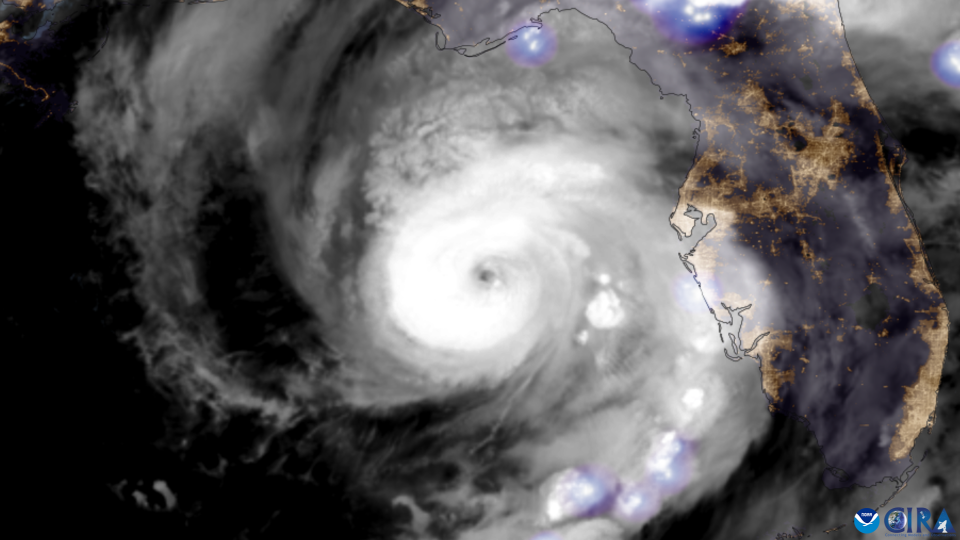
"GOES satellites have been a game changer for the National Weather Service," said Jordan Gerth, meteorologist, National Weather Service Office of Observations. "GOES is a crucial part of the forecast process and has enabled us to provide increasingly accurate forecasts, warnings and services that save lives and property."
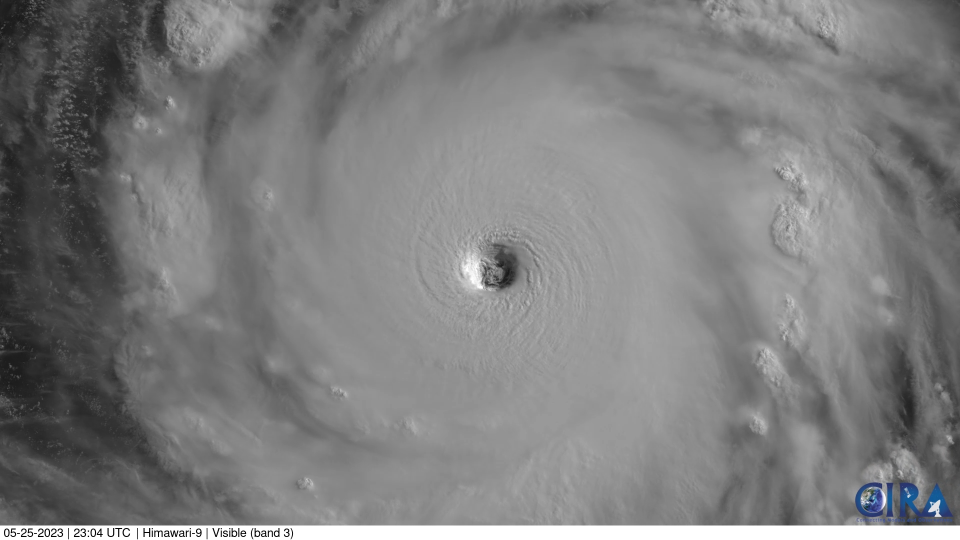
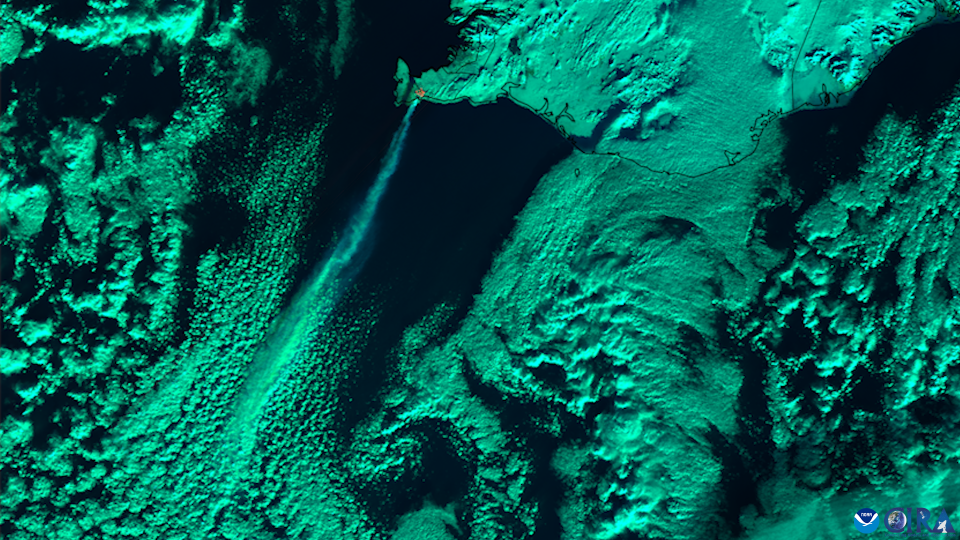
These are just a few of the countless snapshots that contribute to the on-going studies and research on how we can stay safe and also take care of the place we call home.
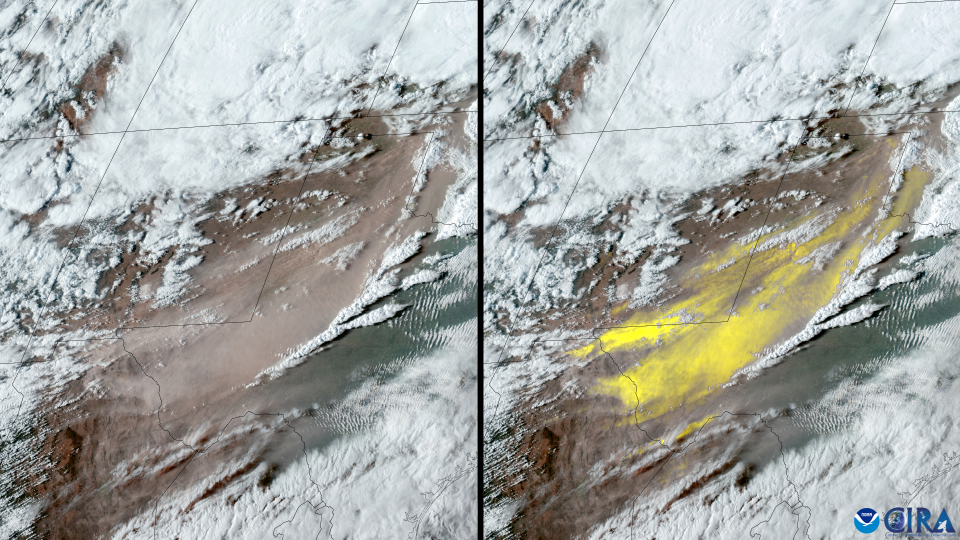
"Earth day is a time for reflection on the fragile nature of our planet and all who live here, a point made abundantly clear after a year full of devastating weather and climate extremes," Sarah Kapnick, NOAA's Chief Scientist told Space.com in an interview.
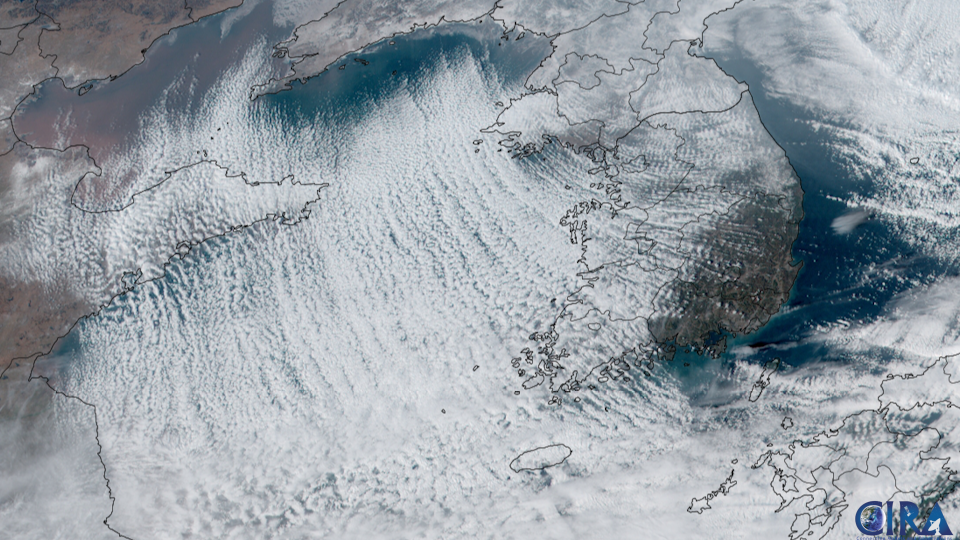
"But it is also an opportunity to advocate for its protection, bring awareness to important issues, and celebrate our accomplishments. This year let's challenge ourselves to treat every day like it is Earth Day."
